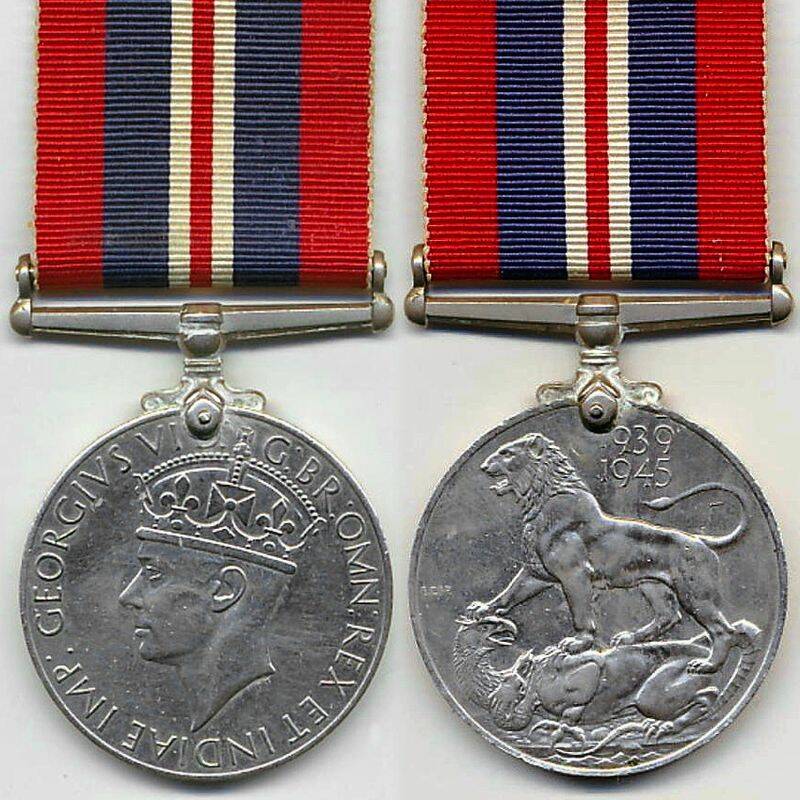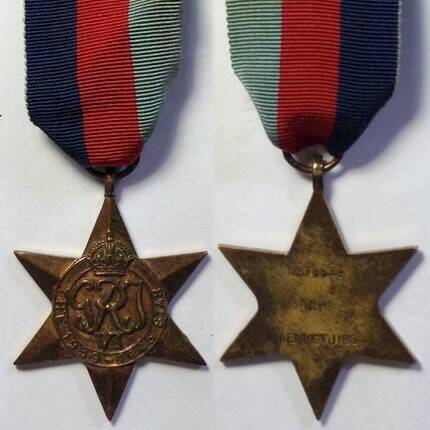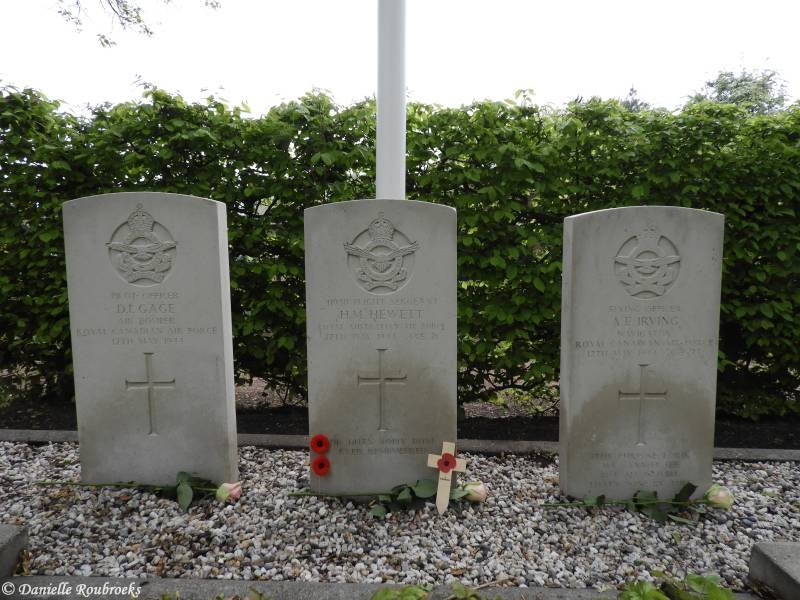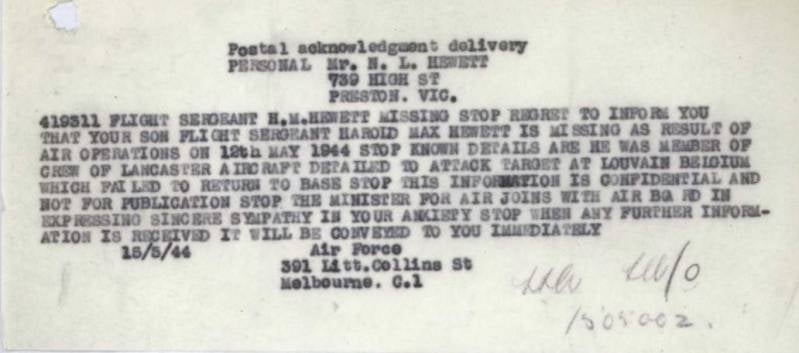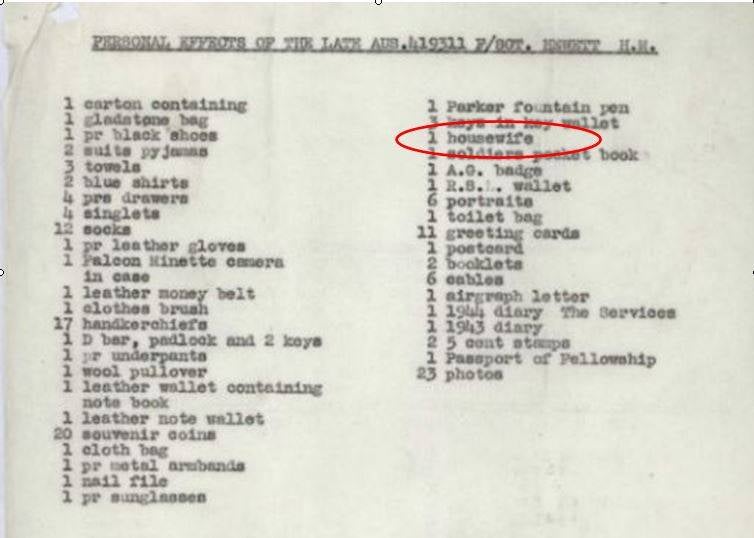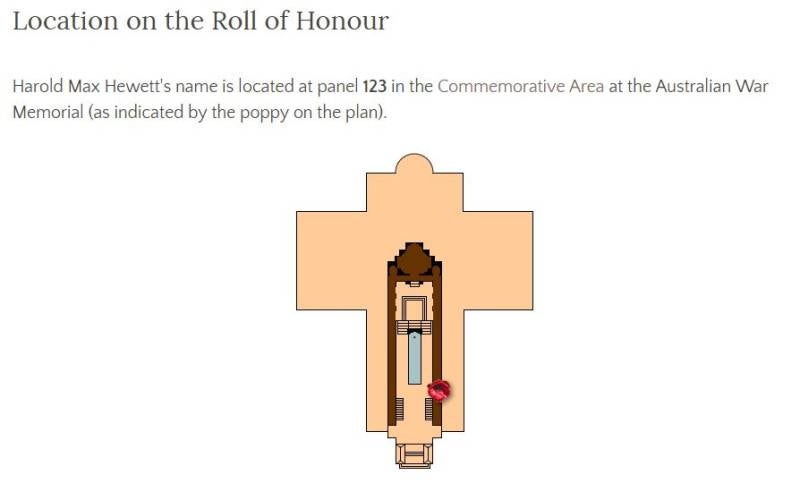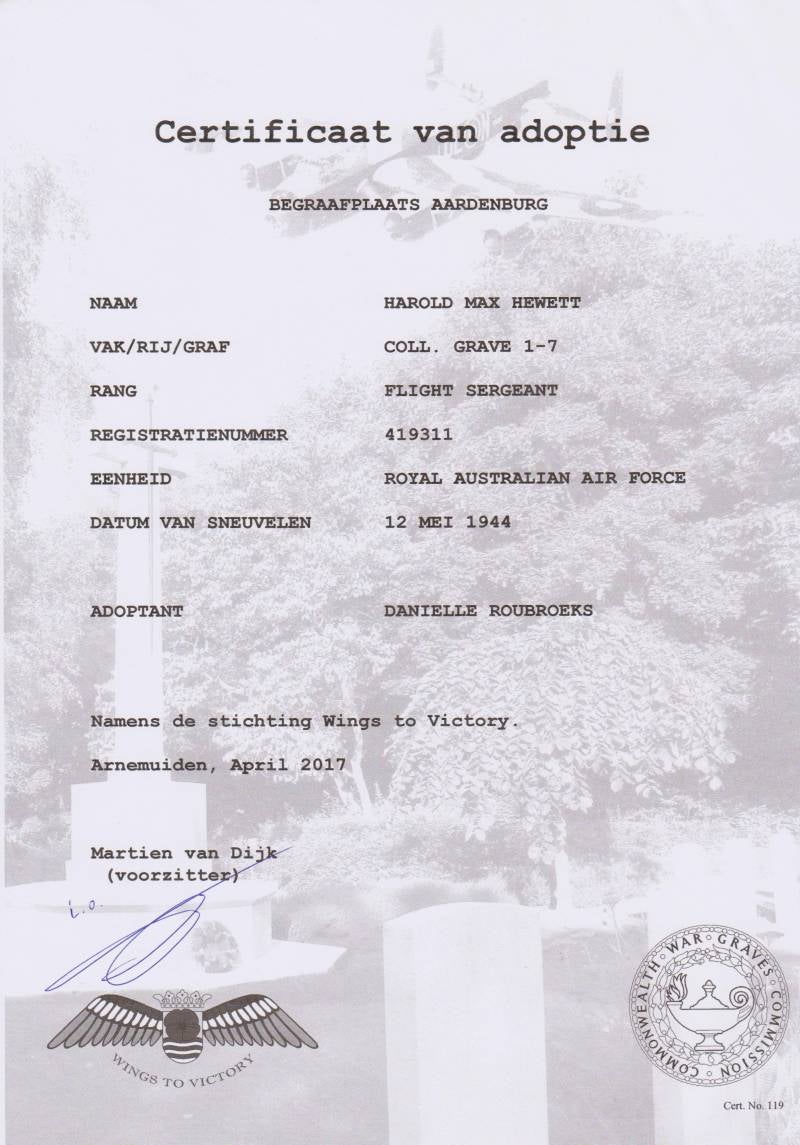Flight Sergeant Harold Max Hewett
Royal Australian Air Force - WWII

Service Number: 419311
Royal Australian Air Force, flying for the N° 75 (NZ) Squadron of Royal Air Force
Born: April 29, 1923, Regent, Victoria, Australia
Date of death: May 12, 1944 - Age 21 - Aardenburg, The Netherlands
Status: KIA
Awards:
- War Medal 1939 - 1945
- 1939 - 1945 Star
Buried in Aardenburg General Cemetery, The Netherlands Coll. grave 1-7
"His duty nobly done, ever remembered"
Awards: War Medal 1939 - 1945, 1939 - 1945 Star
BIOGRAPHY
Harold was born on April 29, 1923 in Regent, Victoria, Australia as the son of Norman Leslie and Lizzie Marie Hewett, of Thornbury, Victoria, Australia. He had a sister Marie and worked as a fitter and turner.
Harold enlisted in Melbourne on July 18, 1942, at the age of 19, service number 419311. He became an Air Gunner and Sergeant on April 29, 1943. On October 19, 1943 he became a Flight Sergeant.
Before embarking he was posted in: - I.T.S. Somers 18.07.42
- W.A.G.S Ballarat 15.10.42
- B.A.G.S. West Sale 06.04.43
- Personnel Depot Melbourne 07.05.43
- Personnel Depot Sydney 21.05.43
Together with his unit he embarked Sydney May 25, 1943 and arrived July 7 in Brighton, England.
Harold was Flight Sergeant in the Royal Australian Air Force, flying for the N° 75 (NZ) Squadron of the Royal Air Force from November 5, 1943.
Attached to:
- RAF: May 25, 1943 - May 12, 1944
- 1483 Bombing and Gunnery Flight: October 10, 1943 - October 16, 1943
- RAF Station Bradwell Bay: November 20, 1943 - November 22, 1943
- RAF Station Feltwell: March 26, 1944 - March 31, 1944
On May 12, 1944, the British 'Bomber Command' carried out bombings on the railway network around Leuven in Belgium.
During this mission with 126 Lancasters and 6 Mosquito's, four Lancasters were lost.
Of these four Lancasters, the first was shot down in the Netherlands on the way to Leuven, it was Lancaster ND 919 with a seven-man crew, four British, two Canadians and the Australian Harold Hewett. The plane crashed to the east of Kasteel Elderschrans in Aardenburg.
The report stated:
Lancaster MK III ND919 took off May 11, 1944 at 22.56h on Mepal Airfield, UK. At 00.55h the plane exploded in mid-air and crashed.
The crew:
Fl.Lt. (Pilot) Derek Warren. - UK
E/O. (Navigator) A.E. Irving - Canada
P/O (Air Bomber) D.I. Gage - Canada
Flt. Sgt. (W.Op/Air Gunner) D. Clough - UK
Flt. Sgt. (Flt. Eng.) F.C. Riley - UK
Sgt. (Air Gunner) H. Dewhurst - UK
Flt. Sgt. H.M. Hewett - Australia
Finally on December 14, 1944 confirmation was received through the International Red Cross Committee Geneva that Harold was declared "KIA".
And January 5, 1945 a letter was send to Harolds father giving him confirmation of the death of his son.
In September 1945, a department of the "Air Ministry" visited the municipality of Aardenburg and also paid a visit to the cemetery. The question was raised if it was necessary to exhume the bodies to see which body was in which coffin but the decision was made to leave it as a collective grave. A list with the names of the crew was handed over to the clerk of the municipality so that the correct information could be put on the crosses. A photo from the grave was sent to the father September 15, 1948.
In June 1944 a list of personal belongings mentioned a bicycle, since it was way too expensive to send it with the other belongings to Australia Harold's father decided it should be sold in the UK and the money send to him.
housewife:
a compact sewing kit that a soldier carried on campaign to mend his uniform.
The 'Housewife' holdall/pouch contained all that a soldier would require to carry out any repairs to his clothing when necessary. Inside it would contain a thimble, two balls of grey darning wool (for socks), 50 yards of linen thread wound around card, needles, brass dish buttons (for battledress) and plastic buttons for shirts. The 'Housewife' was often contained within the holdall and stowed within the man's haversack.



